Kombucha or Kombucha Tea
Kombucha is a sweet, fizzy drink made of yeast, sugar, and fermented tea type. It has several potential health benefits, including gut health and liver function.
Kombucha is a fizzy sweet-and-sour drink made from tea. Most people say it helps relieve or prevent various health difficulties, everything from hair loss to cancer and Aids. Moreover, there’s little scientific evidence to back up the claims, but some drink elements may be useful to you.
Kombucha has been around for nearly 2,000 years. It was first brewed in China and then spread to Japan and Russia. It became popular in Europe in the early 20th century. Sales in the United States are on the rise because of its reputation as a health and energy drink.
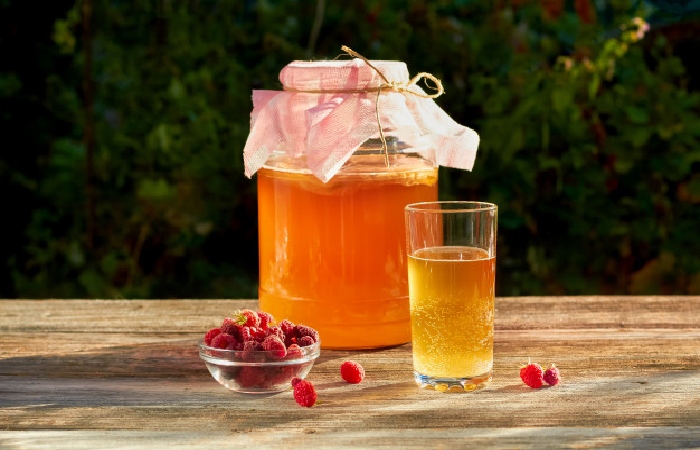
Kombucha Ingredients
Kombucha, made with improved green or dark tea, is ripened with an agreeable settlement of microorganisms and yeast, also called a SCOBY.
During the aging cycle, the yeast in the SCOBY separates the sugar in the tea and deliveries probiotic microorganisms.
Fermented tea gets carbonated after aging, which is the reason the beverage is bubbly.
The fundamental ingredients in fermented tea are yeast, sugar, and dark tea. This blend is safe for up to seven days. During that time, microscopic organisms and acids structure in the beverage, just as a modest liquor quantity. This cycle well-known as aging, and it’s like how cabbage is secure as sauerkraut or kimchi or how milk transformed into yogurt.
These microbes and acids structure a film on the head of the fluid called a SCOBY (cooperative province of microorganisms and yeast). You can utilize a SCOBY to age more fermented tea.
Fermented tea microscopic organisms incorporate lactic-corrosive microorganisms, which can function as a probiotic. Fermented tea additionally contains a good portion of B nutrients.
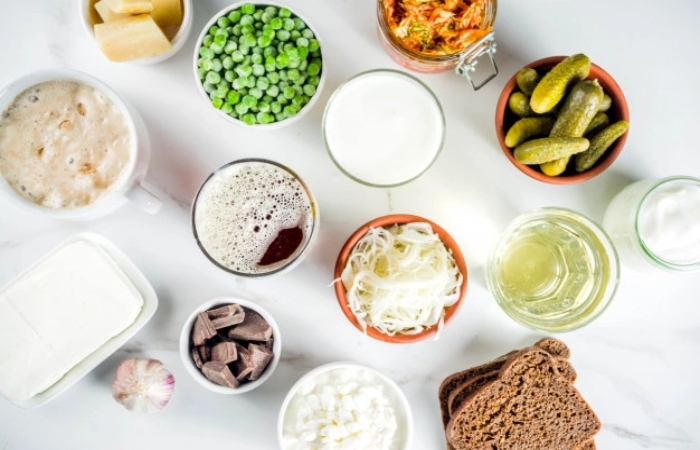
Kombucha Tea Health Benefits :
Sponsors state it helps your absorption, frees your group of poisons, and lifts your vitality. It’s likewise said to support your resistant framework, help you get more fit, avoid hypertension and coronary illness, and forestall disease. In any case, there’s not a ton of proof to help these cases.
Cases almost fermented tea’s capacity to help absorption originate from the way it is aging makes probiotics. Probiotics help with the runs and bad-tempered gut condition (IBS), and they may even reinforce your insusceptible framework.
When fermented tea is ready using green tea, you get its advantages, as well. It incorporates bioactive mixes, for example, polyphenols, that go about as cell reinforcements. Cancer prevention agents shield your cells from harm.
Green tea may likewise assist you with consuming fat and shield you from coronary illness. Studies in creatures show that the beverage brings down cholesterol and glucose levels, in addition to other things. In any case, research hasn’t demonstrated that it has similar impacts on individuals.

kombucha Tea Risks:
Making fermented tea includes letting microorganisms develop as a fluid, you will. Many microbes detect as probiotics, yet not arranged appropriately. It can create destructive microorganisms or shape.
Ever since the mid-1990s, a few instances of disease and, in any event, one passing has accounted for in individuals who drank fermented tea. Sicknesses included liver issues, lactic acidosis (a development of lactic corrosive in the body), unfavorably susceptible responses, and disease.

The philanthropic element research bunch Consumer Reports informs against drinking it because concerning the danger of sullying and minimal proof of advantages.
However, the FDA says fermented tea is protected when appropriately arranged. In case you’re making it at home, specialists suggest utilizing glass, hardened steel, or plastic holders. Keep everything sterile, including the hardware and your hands.
Take vital notes and be careful when making fermented tea at home, as it can mature for a long time. It is likewise workable for fermented tea to become polluted when not made in a sterile domain.
Over-aging or defilement may mess wellbeing up, so it might be more secure to purchase fermented tea in a store than to make it at home.
Locally acquired fermented tea ordinarily has a lower liquor content than custom made forms. However, it is imperative to check the sugar content.
Kombucha Tea Types
Kombucha Tea Scoby
The SCOBY (harmonious culture of microscopic organisms and yeast) is the mother of the fermented tea, giving microbes and yeast to age the sweet tea, shielding the tea from outside contaminants, and giving a free seal to keep a touch of the carbonation. Indeed, it’s startling and an outsider looking, and Buzzfeed did an entire article about how terrible this mother is. However, it’s the very pith of fermented tea! It brings adoration and flavor, and enchantment!
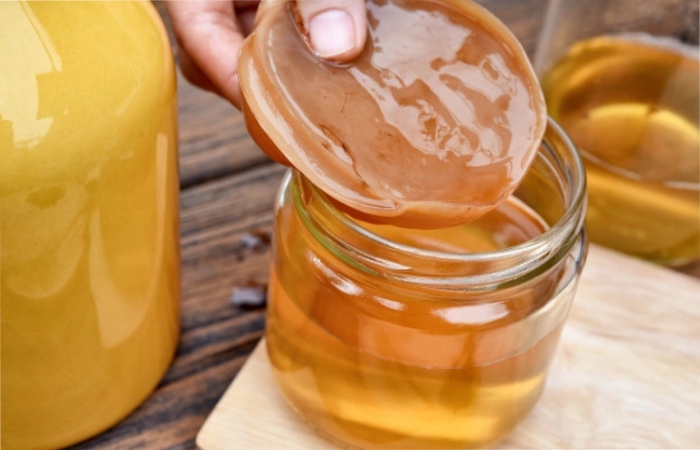
Scoby Ingredients:
- 7 cups ( 1.6 L ) clean water
- ½ cup (100 g) white sugar
- Four packs dark tea (or 1 Tbsp free tea)
- 1 cup (235 mL) unpasteurized, unflavored locally acquired fermented tea
- A vast glass or ceramic holder
(two containers are holding in any event ½ gallon (1.9 L) each, or one container holding at any rate 1 gallon (3.7 L)). Then again, utilize a glass container with an inherent nozzle to spill the fermented tea out simpler!
- Firmly woven fabric (espresso channels, paper towels, napkins, cheddar material)
- Rubberbands
Scoby Instructions:
- Heat water to boiling point in a perfect spot. Eliminate from warmth and disintegrate sugar into it.
- Add the tea and permit to soak while the water cools to room temperature (a couple of hours). Just when water is at room temperature, is it prepared to work with (test by drawing out some water with a paper straw, utilizing your finger to keep the ‘Buch in the straw).
- Empty the improved tea into your jar(s); at that point, pour locally acquired fermented tea (if you’re utilizing two containers, pour ½ of the storebought fermented tea into each), trying to incorporate any little Gunkies that might be at the base. These are acceptable!
- Spread with a couple of layers of the firmly woven material (keeps out bugs and garbage) and secure with an elastic band.
- Set someplace dull, still, and room temperature (70-75 degrees F, 21-24 C), like a cabinet, for 1 to about a month, until a ¼ inch (½ cm) SCOBY has shaped.
- Keep SCOBY in its unique tea until you’re prepared to mix your first cluster. The SCOBY should live and develop for quite a long time whenever treated with adoration. The tea to make the SCOBY, be that as it may, is exceptionally vinegary and ought to be thrown. Try not to utilize this tea as the starter to your early aging!
First Fermentation Instructions:
- Heat water to the boiling point in a spotless pot. Eliminate from warmth and disintegrate sugar into it.
- Add the tea and permit to soak while the water cools to room temperature (a couple of hours). Once more, MUST be room temperature. Try not to hazard slaughtering your SCOBY in heated water.
- With hands AS CLEAN AS A SURGEON’S (genuinely perfect), tenderly eliminate your SCOBY from the tea and spot on a similarly as an ideal plate. You can wash out the container if you need it (without a cleanser); however, it’s redundant.
- Empty the improved tea into your jar(s). At that point, pour in unflavored starter fermented tea (if you’re utilizing two containers, pour ½ of the starter fermented tea into each).
- Delicately place SCOBY into the container at that point, spread with a couple of layers of the firmly woven material, and secure with an elastic band.
- Set the jar(s) someplace dim, still, and room temperature (70-75 degrees F, 21-24 C) in the range of 6 to 10 days. Start tasting the tea at around six days by tenderly drawing out a portion of the tea with a paper straw (utilizing your finger to hold the tea in the straw, don’t use your mouth). It ought to be somewhat sweet and marginally vinegary. The hotter the air temperature, the quicker the fermented tea will mature. The more extended the tea develops, the more sugar particles gets eaten up, the less sweet it will be.
Save 2 cups from this clump to use as starter fermented tea for your next group (leave it in the container of SCOBY ). The rest can move to the second and last aging.
Most Loved Kombucha Flavours.
I’m continually exploring different avenues regarding new kinds of fermented tea. I’m always adding new fermented tea flavors to this rundown, yet here are a couple of my top picks:
- Mango Kombucha
- Blueberry Kombucha
- Ginger Pepper Kombucha
- Pineapple Basil Kombucha
- Strawberry Kombucha (ideal for a Kombucha Ice Cream Float)
- Peach Pie Kombucha
- Mojito Kombucha
- Lemon Ginger Kombucha (incredible in a Kombucha Radler)
- Apple Cinnamon Kombucha
- Pumpkin Spice Kombucha
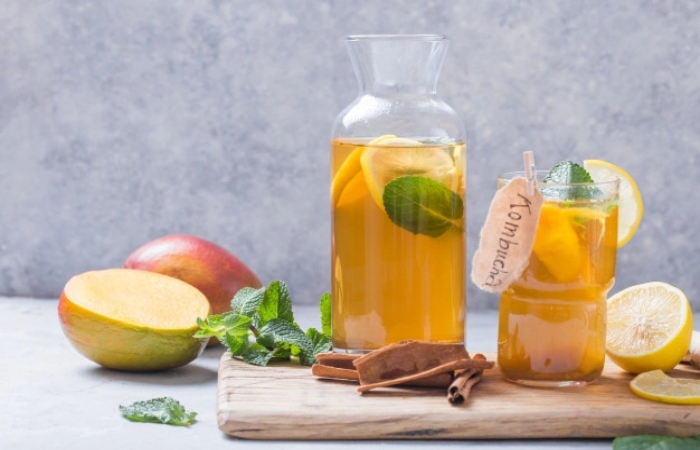
Also read- Health and Beauty benefits Of Green Tea
Related posts
Trending Posts
Clinique Moisturizer-The best face moisturizers from Clinique
Clinique moisturizer – Description The Clinique moisturizer-“Drastically Extraordinary Saturating Moisturizer ” has an improved equation that fundamentally fortifies skin’s dampness…
Novex DS Tablet: Uses, Dosage, Side Effects – WHBT
About Novex DS Tablet This Novex DS tablet is a particular estrogen receptor modulator, otherwise called SERM. It is essentially…

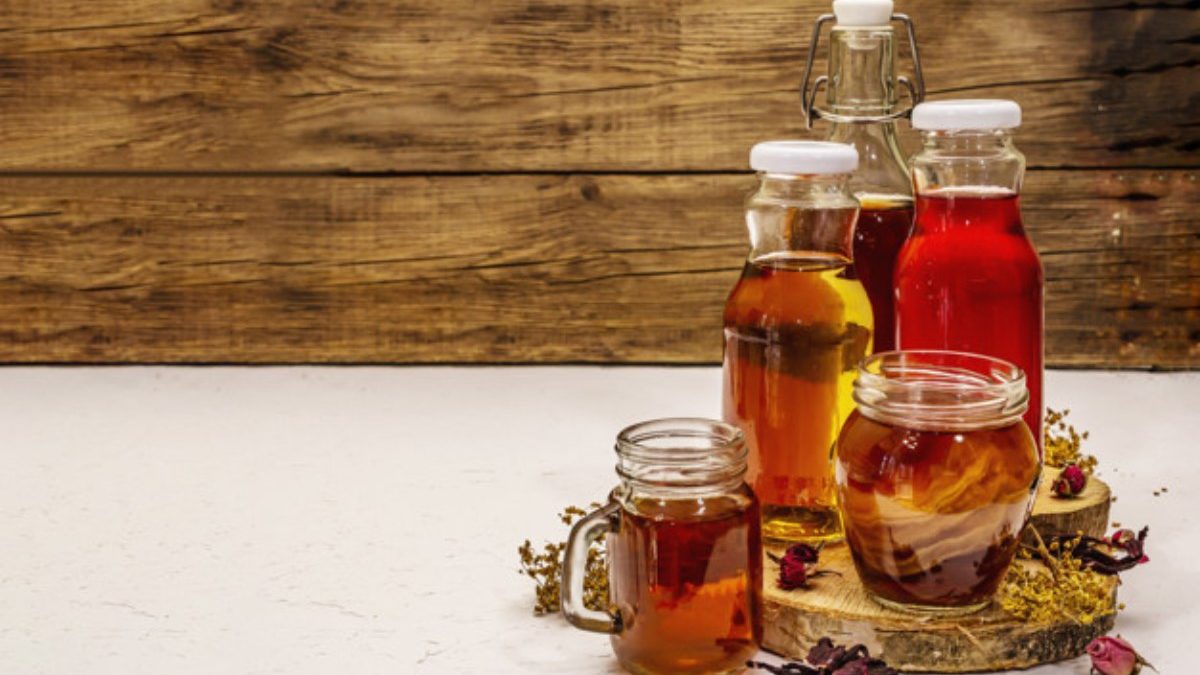


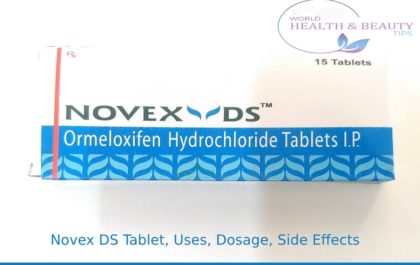

Review Kombucha-Health Benefits, Risks & Types of Kombucha Tea.